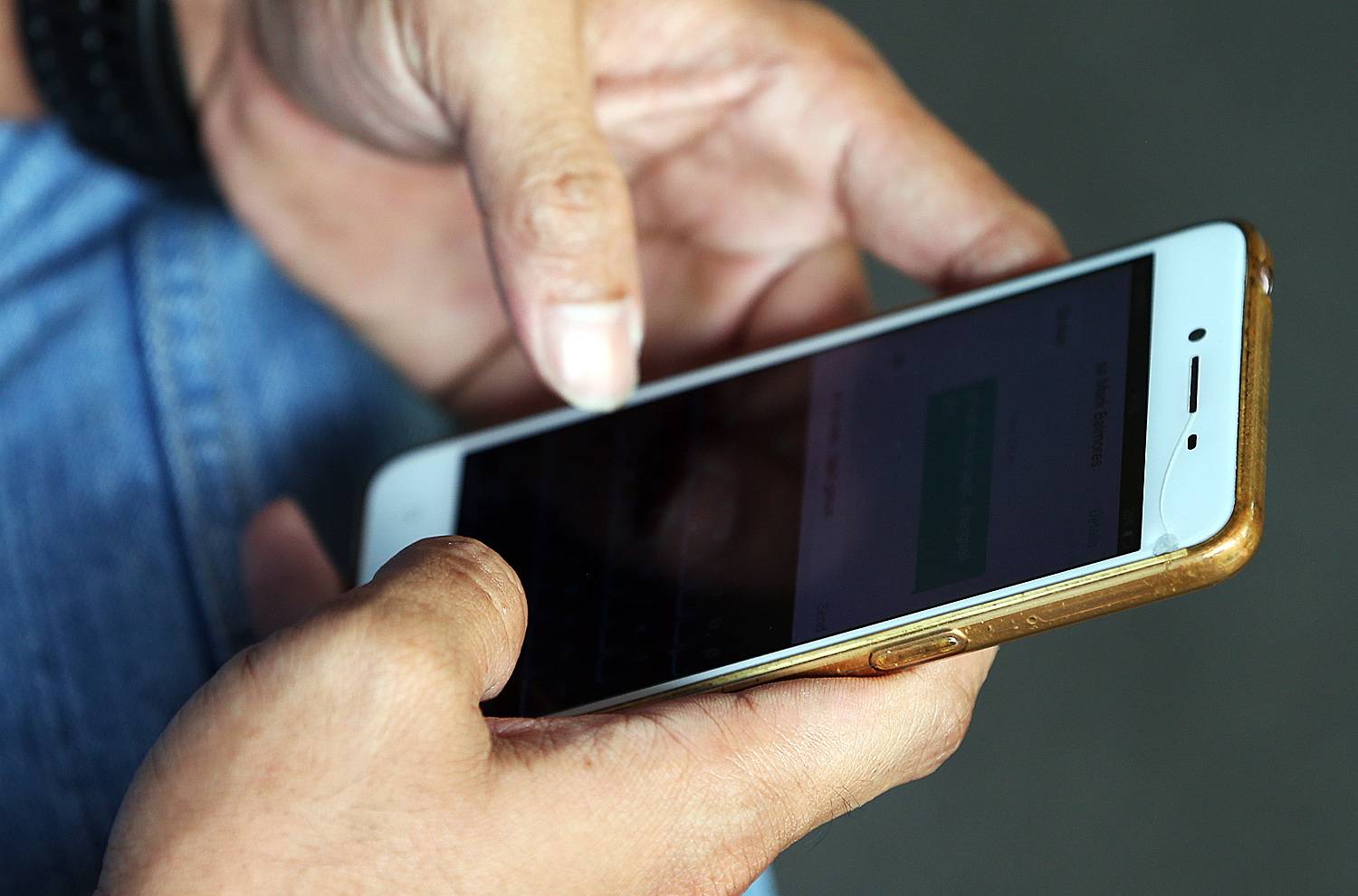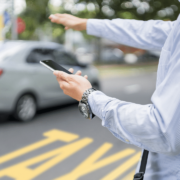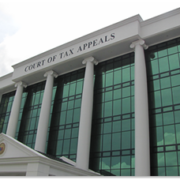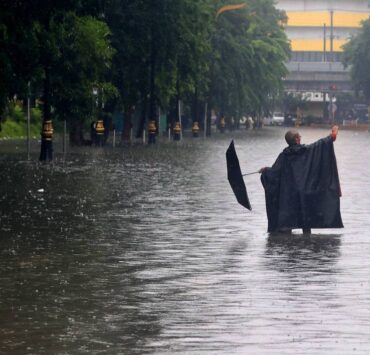From text, cyberscammers moving into socmed, message apps

Cyberscammers may have shifted to social media and messaging apps, peppering Filipino users with loan offers and gambling links, after running into a wall of regulations against text fraud.
Malicious link addresses sent via platforms such as Facebook, Viber and Telegram soared to 18,735 in the second quarter this year, up from 13,602 in the first quarter, according to data from Whoscall, a phone fraud protection app.
Loan-related links, for instance, jumped to 9,930 in the April-June period, up from 8,297 in the January-March period.
Reports of adult gambling links also increased from 2,449 in the first quarter to 4,308 in the second quarter, as did promotion and incentive scams links, from 2,856 to 4,497.
When clicked, “risky” web addresses can make users vulnerable to data breaches, threatening their personal and financial data.
An official from Gogolook, developer of Whoscall, said fraudulent links were diverted to social media and messaging apps after local regulators ramped up measures against traditional phone and text frauds.
“The joint effort of the government and private sectors minimized scam calls and SMS scams,” Mel Migriño, Gogolook country head, said in a statement.
“However, scam actors are now shifting to other platforms, such as social media and messaging apps, to continue their operations.”
Online gambling
The rise of online gambling has alarmed the Catholic Church and a growing number of lawmakers, who for the past few weeks have stepped up calls for a total ban.
Catholic bishops argued that the social ills spawned by online gambling had far outweighed the billions of pesos in revenues it generates. They have maintained this hardline position even after the government and business sector vowed to impose stricter regulations—such as limits on advertising—to curb public access to its various platforms.
E-wallets like GCash and Maya, and 24/7 gambling platforms have only made things easier for Filipinos.
Text, calls
In contrast, text scams dropped sharply to 65,035 cases in the second quarter of 2025, from 1.28 million cases in the same period last year.
Scam calls also plunged to 34,964 from 135,535 last year, according to Whoscall.
Assistant Secretary Renato Paraiso, deputy director of Cybercrime Investigation and Coordinating Center, said a stronger partnership between the government and private sector, as well as boosted public awareness, “remain key priorities” going into the third quarter.
“The challenge lies in cracking down on deceptive content embedded in apps where Filipinos spend most of their screen time,” he said in a statement.
97M users in 2024
According to the “Philippines Digital 2025” report, 97.5 million Filipinos used the internet in 2024, spending about eight hours and 52 minutes a day, usually with their mobile devices.
In a separate report, the Philippine Statistics Authority (PSA) said nearly half of Filipino families had internet access at home in 2024 following the pandemic-led surge in demand for connectivity.
Some 13.56 million of the 27.79 million total households had home internet access last year, up from 4.1 million out of 23.4 million total households in 2019.
The National Capital Region and Central Luzon posted the highest share of households with internet access at 68.7 percent and 61.3 percent, respectively.
Zamboanga Peninsula (21.2 percent) and Bangsamoro Autonomous Region in Muslim Mindanao (27.7 percent) reported the lowest percentages, an indication that while the overall digital divide is shrinking, it’s still there.
Demand for digitization
The PSA said a Filipino household spent an average of P1,069.10 a month on internet connection in 2024. This was about P211.49 cheaper than the 2019 average of P1,280.59.
“Increase in internet usage is clearly because of increased demand for digitization. Many more Filipinos are consuming content, shopping and performing financial transactions online. This naturally will drive an increase in internet usage,” William Emmanuel Yu, an ICT expert at Ateneo de Manila University, said in an interview.
The drop in home internet spending, on the other hand, could be attributed to the “normalization of internet subscriptions at home” due to the postpandemic return to work and school policy, Yu said.
“The need for redundant connectivity at home could be a factor here. It can also be attributed to general drop in prices on a per unit bandwidth basis. So this context must be looked into as well,” he added.
The PSA said home was the most common primary location of accessing the internet at 73.1 percent. This was followed by “in another person’s home” at 36.9 percent; and in commercial establishments at 30.2 percent.
The lowest percentage where users connected to the internet was in public access venues, at 11.5 percent.
As to the types of devices used, cellular phones were the most widely used at 98.8 percent. Others were laptops (14.7 percent), smart televisions (11.3 percent), desktop computers (10.0 percent), tablets (4.2 percent), and gaming consoles (2.5 percent).

















